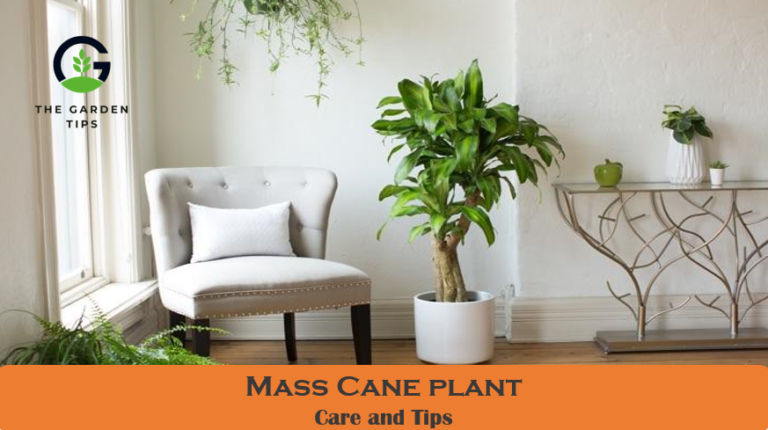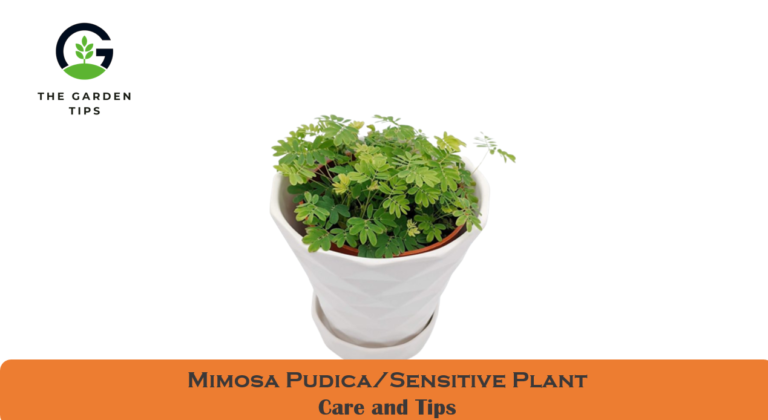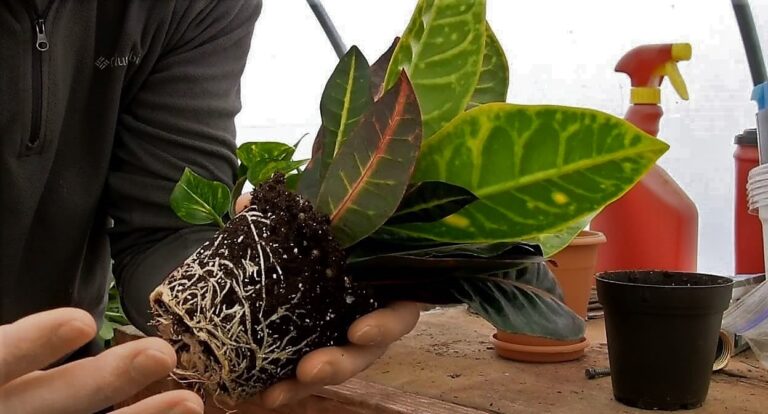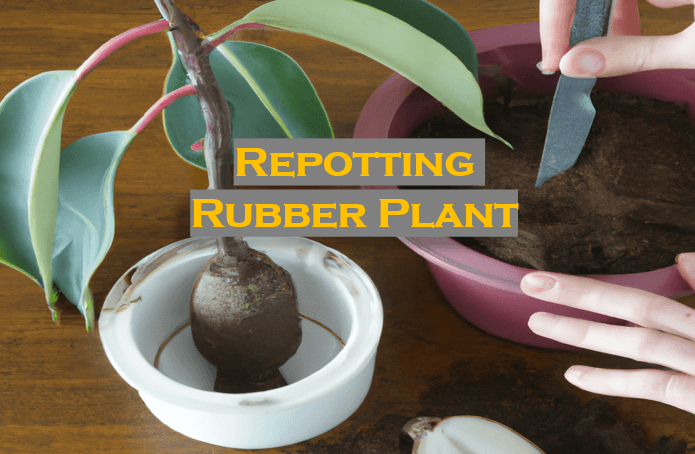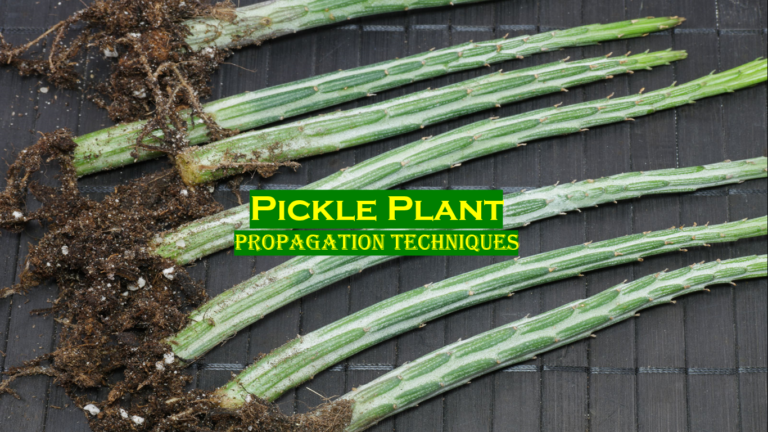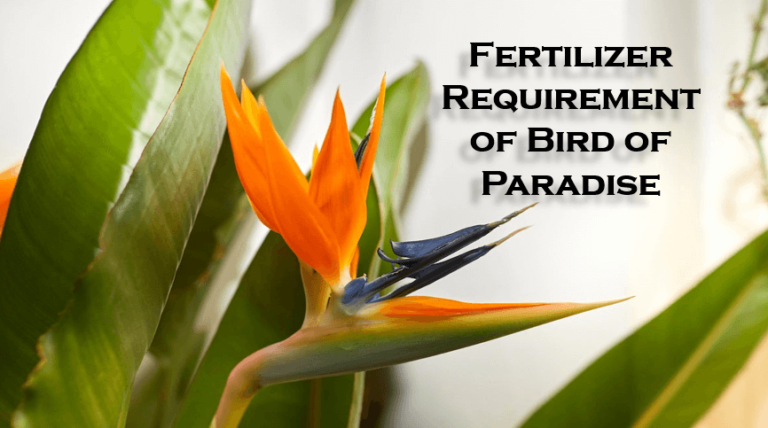If you want to improve the ambiance of your home, growing tropical plants is an excellent idea. Taking care of these plants is essential for their happy growth only if you know how to care for tropical plants. You can also read our article on how to propagate tropical plants, which will help you to give clear guidance on the care of this plant.
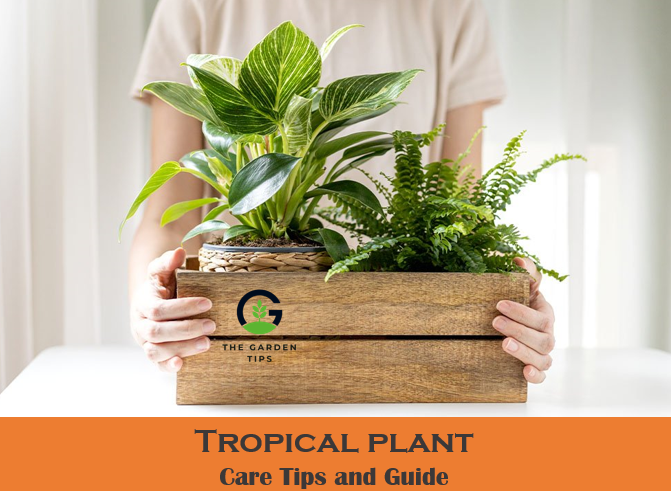
From improving the indoor environment to reducing stress levels, tropical plants are the best choice. They also improve the air quality, making them an excellent addition to a lawn or indoors.
Tropical Plants Care
The tropical plant doesn’t require much care even though they are far away from their sunny, temperate homes. Here we share some essential care tips to ensure your tropical plants remain healthy, happy, and ready to flourish in your home. So let’s start!
Growing Guide for Tropical Plants
| Botanical Name: | Different names according to the type of plant |
| Plant Type: | Perennial |
| Hardiness zone: | 3 to 5 |
| Native: | South American tropical rainforest, tropical regions of the world |
| Varieties: | Varieties must include Hardiness zones like Superba. |
| Soil types: | Soils rich in iron and aluminum oxides but with low natural fertility |
| Soil pH: | Average pH of 5.9, meaning it is 11 times more acidic than pure water. |
| Water: | Medium to dry |
| Sun Exposure: | Bright, indirect light and protection from the sun’s most intense midday rays are best. |
| Temperature requirement: | 65 to 75 F or 18 to 24 C |
| Humidity: | Around 80%. |
| Plant Mature Size: | Between 4 and 8 ft. or (1.2 – 2.4 m) tall. |
| Flower Color: | Different colors depend on the plant’s nature |
| Bloom Time: | Spring or Autumn |
| Bloom Duration: | A few days |
| Blooms in a year: | Bloom just once at any time of the year. |
| Pests: | Fungus gnats, Caterpillar, Aphids, Snails and slugs, Spider Mite, Mealybug, Leaf Curl |
| Diseases: | Fusarium, Colletotrichum, Myrothecium, Pectobacterium, Xanthomonas. |
| Fertilizer requirement: | NPK of 5-5-5 or 10-10-10 |
| Toxicity: | It contains sharp calcium oxalate crystals causing severe swelling and burning of the mouth and tongue in dogs |
| Usage: | Edible, medicinal, and many other uses of several thousand plants |
| Repellent Characteristics: | Provide natural mosquito screening on entry in rural setup |
How Can You Repot Tropical Plants
Follow the below instructions for repotting your tropical plant:
- Turn over the pot and tap it gently.
- Pull out the pot away from the root.
- Then place your tropical plant into the new pot.
- Fill up the space around the roots with soil.
- With time plants will start to survive.
8 Easy Care Tips for Tropical Plants
Soil
- Tropical is a different group of plants and grows well in acidic, loose, well-drained, and rich soil with organic matter.
- The soil rich in organic matter is best. The soil should be loose and keep the pH of the soil slightly acidic.
Light
- Use full spectrum bulbs with a balance of blue and green light for indoor tropical plants. These plants grow well in 20 to 25 watts per square foot.
- You can also place them where they can get indirect sunlight to thrive better because most tropical plants require 12 to 14 days of daylight.
Watering
- Water tropical plants once a week or when the soil dries out. Keep the soil moist, not soggy.
- It is good to provide drainage holes in the pot so the water will not pool in the plant because the roots are sensitive.
Temperature
- Temperature between 65 to 75 degrees Fahrenheit is best for tropical plants. So don’t leave these plants in heat or cold areas.
- It is ideal for placing them outside in summer and inside your home during winter.
Humidity
- Most indoor Tropical plants require 50 to 60% of humidity. But the average humidity level in homes is close to 30 to 40%.
- Humidity keeps its flowers vibrant and healthy. If the humidity becomes high, over 80%, it will lead your plant to damage.
Fertilizer
- Fertilizers like Hibiscus Plant Food 9-4-9 and Pennington UltraGreen Palm Tree are specially formulated for tropical plants.
- These nutrients support bold tropical bloom and beautiful foliage. Fertilize plants in spring and summer.
Pests
- Mostly you can notice scale insects, thrip, fungus knats, spider mites, and mealy bugs on indoor tropical plants. Fewer commons are whitefly and aphids, and they are most associated with indoor tropical plants.
- Use a mixture of mild liquid soap instead of pesticides, as these pesticides can harm your plants and pets.
Diseases
- The foliage of tropical plants has some common diseases from Cutting-borne pathogens and bacteria.
- You can notice leave spots that may cause by fungi and bacteria that can spread by the rainfall and not by the wind.
FAQ
Why Is My Indoor Tropical Plant Dying?
Tropical plants can die from overwatering because it can cause root rot and kill your plant. Root rot may happen due to a pathogen that thrives in a moist environment. So don’t leave the soil soggy for long, and use a porous pot for tropical plants.
Should I Mist My Tropical Plants Every Day?
Misting your tropical plant is not essential; only mist your houseplant once or twice a week to avoid root rot. Adjust the duration according to the temperature and soil requirements.
Conclusion
Tropical plants need a little extra care if you want to keep them happy, healthy, and alive. You must take care of their feeding, watering, and fertilizers habits. This guide has lots of information so follow the instructions so that you can enjoy their healthy growth throughout the season.


